Buying a phone for your child can be a difficult decision depending on their age and what sort of online services you think it’s appropriate for them to use.
Thankfully, you have several choices – phones vary wildly in price and features, and there are several we recommend as the best phones for kids for different reasons.
In 2023, a smartphone is the default phone choice but it’s worth noting that more basic phones are also available. I included one below for consideration if you simply want to be able to contact your child in an emergency or vice versa – but the chances are they are hankering for a smartphone.
For that reason, the other phones here are iPhone or Android devices. All have access to the Apple or Google app stores and also to those companies’ parental controls within the phones’ software. This allows you to control or limit what your child can do on the internet on their smartphone and what types of content they can access.
Best kids’ phone 2023
1. Google Pixel 6a – The best phone for kids
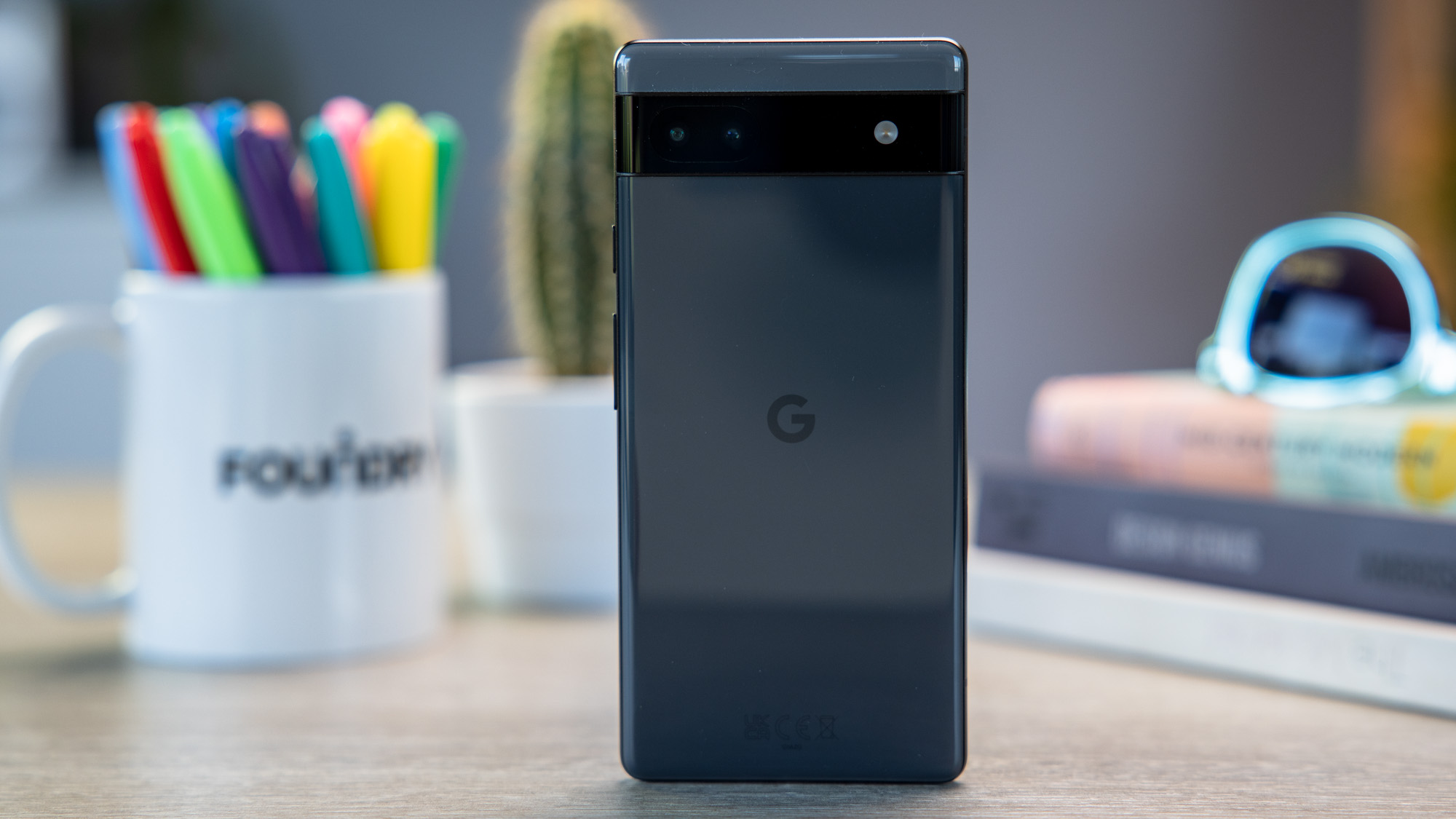
Pros
- Smaller size
- Outstanding camera
- Solid battery life
- Guaranteed software updates
Cons
- Rear plastic scratches easily
- Charges slow and hot
- Only 60Hz display
The best phone for kids is the Google Pixel 6a. It’s a relatively small and affordable Android phone that has an excellent camera, decent battery life, and software support until 2027.
The Pixel 7a is now out, but it doesn’t add too much more, so I recommend taking advantage of the Pixel 6a’s permanent price drop. It’s now just $349/£349/€409, making it a better deal than any iPhone.
Its smaller (for a modern phone, anyway) size makes sense for smaller hands, and its plastic back is less likely to smash if dropped. The 6a does charge quite slowly though, but other than that it’s a very good phone for the money.
2. Apple iPhone SE (2022) – The best iPhone for kids

Pros
- Latest Apple chip
- Wireless charging
- IP67 water-resistance
Cons
- Dated design
- Not-great LCD display
- Only one rear camera
If your kid really does need to be a blue bubble in the group chat (basically, if all their friends have iPhones and they say they want one too) then the most cost effective way is with the iPhone SE 2022.
The third-generation SE is the latest version, and is the only iPhone still sold with the classic design with the home button. It’s a very slim and small device with a small (and not great) LCD screen, but it has 5G and wireless charging (but no charger at all in the box) and access to iMessage, FaceTime, AirDrop, and all the other Apple-only things iPhones offer.
It might not be peer pressure, though – if as parents you also have iPhones, it can help to have your kids have one too as you can use the Find My app to keep track of their whereabouts.
There are pricier iPhones with more features and better cameras and screens, but for most kids the iPhone SE is more than enough. It will also get software support until about 2028.
3. Nokia 2660 Flip – The best flip phone for kids
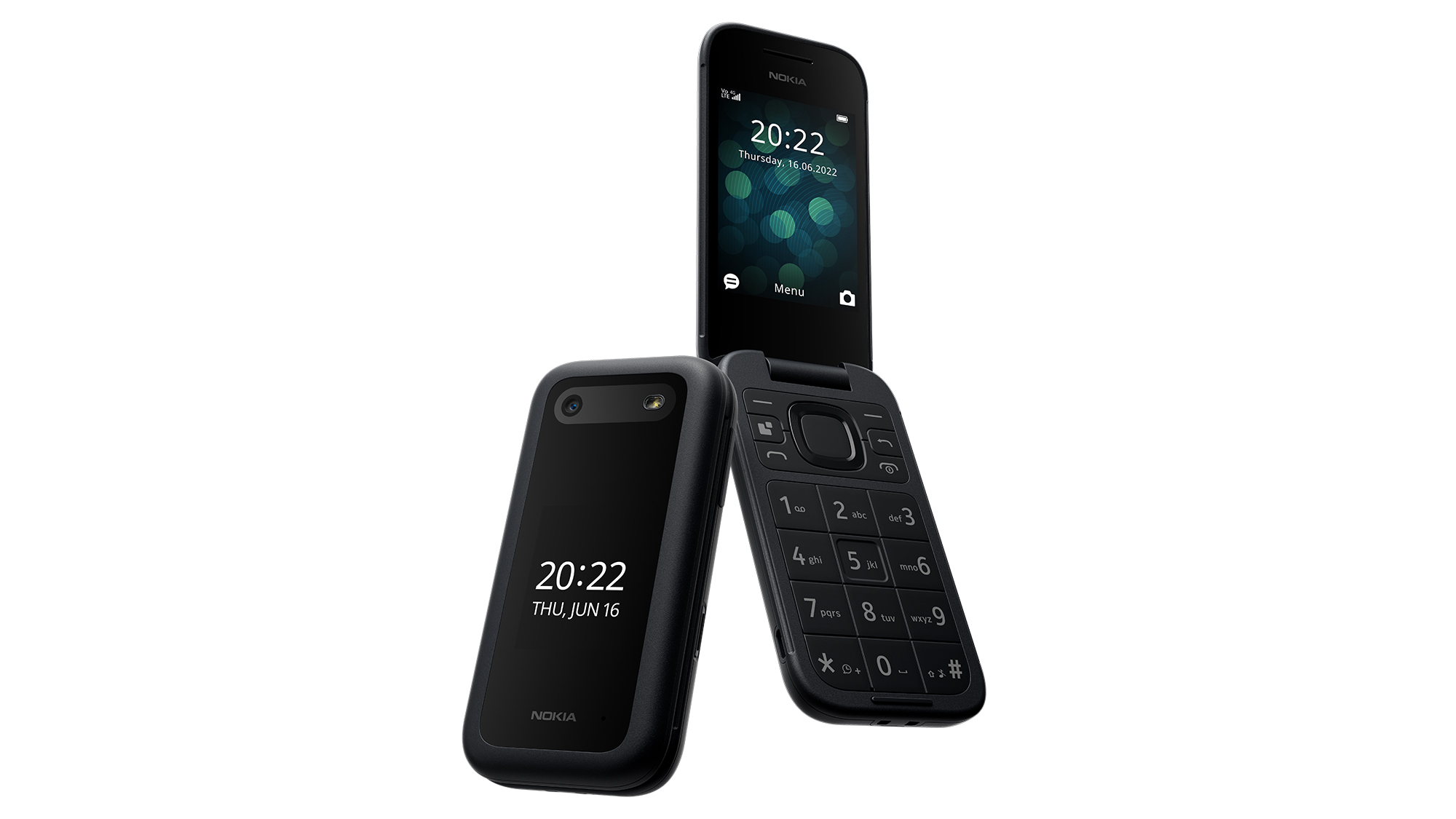
Pros
- Compact
- Big buttons
- SOS button
- Week-long battery
Cons
- Volume button too easily knocked
- Cheap feel
- No apps
If you are here to find the best basic flip phone to give to a young child, this is the one to go for. The Nokia 2660 Flip (or the Nokia 2780 if you live in the US, a slightly different model) is a pure calls and texts flip phone updated for the modern day.
It has 4G so won’t become obsolete like older flip phones from the early 2000s as mobile carriers shut down 2G and 3G networks. It has solid plastic build quality and easy to press big buttons, as well as a dedicated button to send an SOS message out to five contacts in an emergency, great for peace of mind as a parent.
It does not have access to smartphone apps or a web browser, which you may prefer if your kids are particularly young and you just need to contact them. Best of all is the phone has multi-day battery life – in my use, it lasts into a second week frequently before charging with the included charger.
4. Apple iPhone 13 mini – A newer iPhone for kids
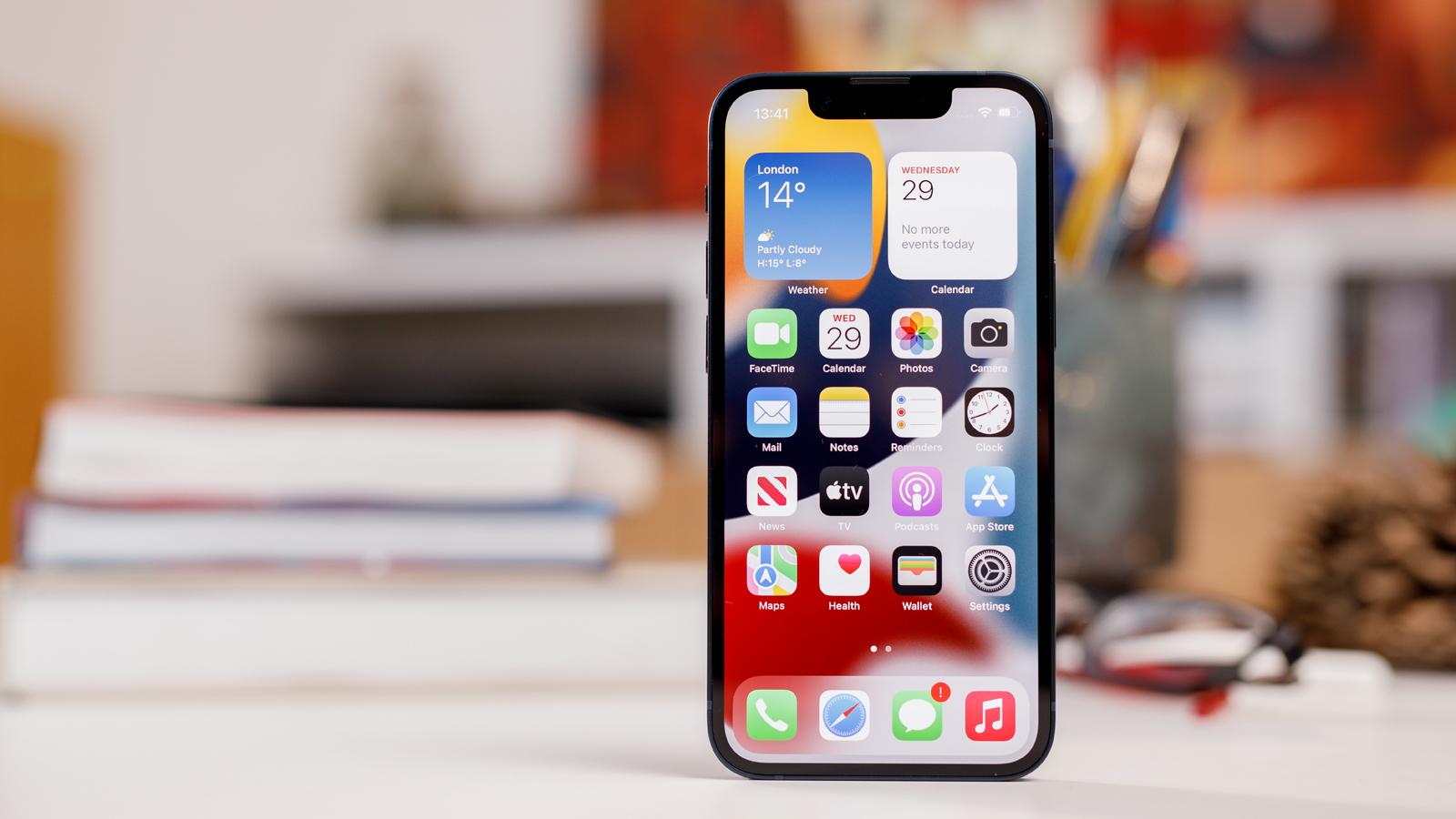
Pros
- Lightweight and compact
- Powerful performance
- Great cameras
Cons
- Limited battery life
- Relatively expensive
- No ProMotion display
Apple still sells the iPhone 13 mini even though the iPhone 14 line is out, and it’s a great pick for kids thanks to its small size (there’s no 14 mini).
It’s actually a smaller phone than the SE but has a larger screen thanks to the newer design and packs in better OLED display tech, MagSafe for magnetic charging and accessories, and better battery life (though as a small phone it’s still not the best battery life phone around).
Likely to be supported by Apple until 2028, it’s still a superb pick, particularly as Apple still sells it. You get all the Apple-only features that iPhones get and that handy Find My function too. It charges faster than the SE but like that phone there’s no charging brick included.
5. Samsung Galaxy A34 5G – The best Samsung for kids
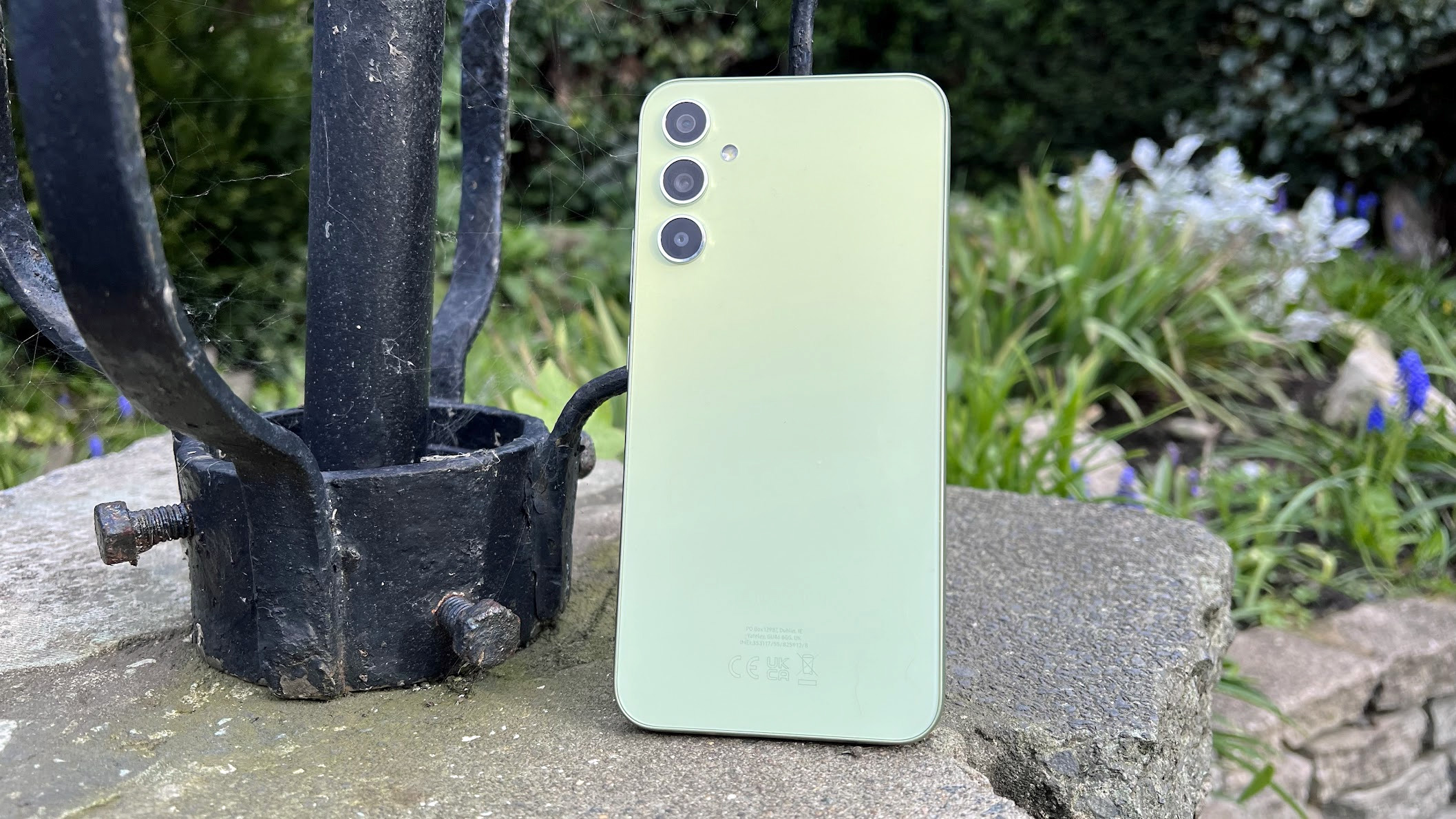
Pros
- Excellent 120Hz screen
- Good cameras
- IP67 water resistance
- Long software updates
Cons
- Fingerprint reader not the best
- No charger supplied
- Slow charging
If you’d prefer an Android (and yes, cheaper) phone for your kids – and live in a country where you can’t buy Google Pixel phones – then the Samsung Galaxy A34 is an excellent choice.
It has a decent 120Hz refresh rate for smooth looking scrolling, something the iPhones and Pixel above this entry lack. It’s also waterproof and will get software updates until 2028.
The cameras are decent too, packing in three on the back and one on the front. Samsung’s Android software is a little cluttered but easy enough for a child to get their head round if you help them set it up, plus the battery life could stretch into two days if they aren’t on it all day long (there’s no charger in the box).
At the time of writing the phone is available in the UK and Europe but not the US.
6. Sony Xperia 10 IV – The best battery life phone for kids

Pros
- Amazing battery life
- Practical lightweight design
- Crisp OLED screen
Cons
- No 120Hz refresh rate
- Patchy camera
- Slow charging
For the absolute best battery life on any phone we’ve ever tested here at Tech Advisor, you should go for the Sony Xperia 10 IV. If you think your kid could benefit by not having to think about charging their phone every day, this is one of the few out there that truly delivers.
This is a two day phone, if not three with light use, but still manages to be a slim device with a decent OLED screen.
Downsides are the camera isn’t great, and when you do need to charge it’s quite slow. But with simple Android software and even a headphone jack (if you don’t want your child losing expensive wireless earbuds) then this is a good choice.
7. Samsung Galaxy A54 5G
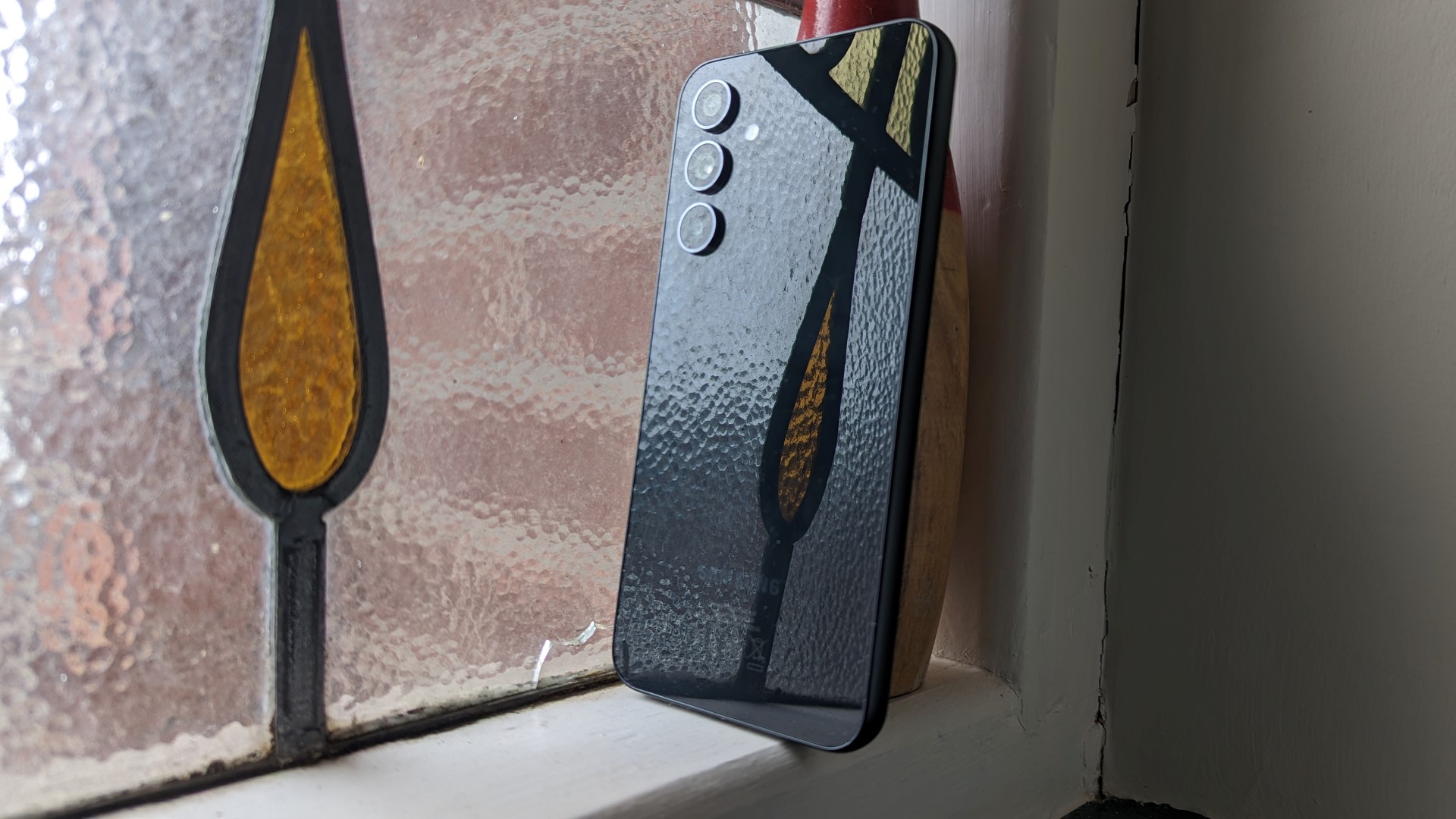
Pros
- IP67 rating
- Excellent screen
- Solid battery life
- Long software support
Cons
- Slow charging
- Charger sold separately
If you like the sounds of the Galaxy A54 but you’re in the US, the Galaxy A54 might be the answer. It costs more but has a better screen, better performance, and better cameras.
The A54 is a very good choice if you’d like an Android phone for your child but don’t want to splash out on a more expensive Galaxy S23 device. The A54 can do practically everything those phones can do for around half the price. It has outstanding battery life, an adequate 128GB storage, and comes in four colours.
It’s also handy to have IP67 water and dust resistance in case the phone is likely to take an unfortunate dive into a pool or loo at any point.
8. OnePlus Nord 2T

Pros
- Excellent performance
- Great main 50Mp camera
- Super-fast 80W charging
Cons
- Only two Android version updates
- Pointless mono camera
- Other phones have 120Hz at this price
A good option for European readers is the OnePlus 2T – it’s a mid-range Android phone with a good main camera, slick performance, and very fast 80W wired charging with the included charger.
This is a good feature if your kids are likely to always be running low on power right before they leave the house – I charged this phone from empty to 100% in 27 minutes. That’s very fast indeed.
The phone has a good, big screen with a fast 90Hz refresh rate and costs much less than high-end OnePlus, Samsung, Google or Apple phones. It’s a solid choice if your child would like or benefit from a performant smartphone but you don’t want to break the bank.
9. Google Pixel 7a
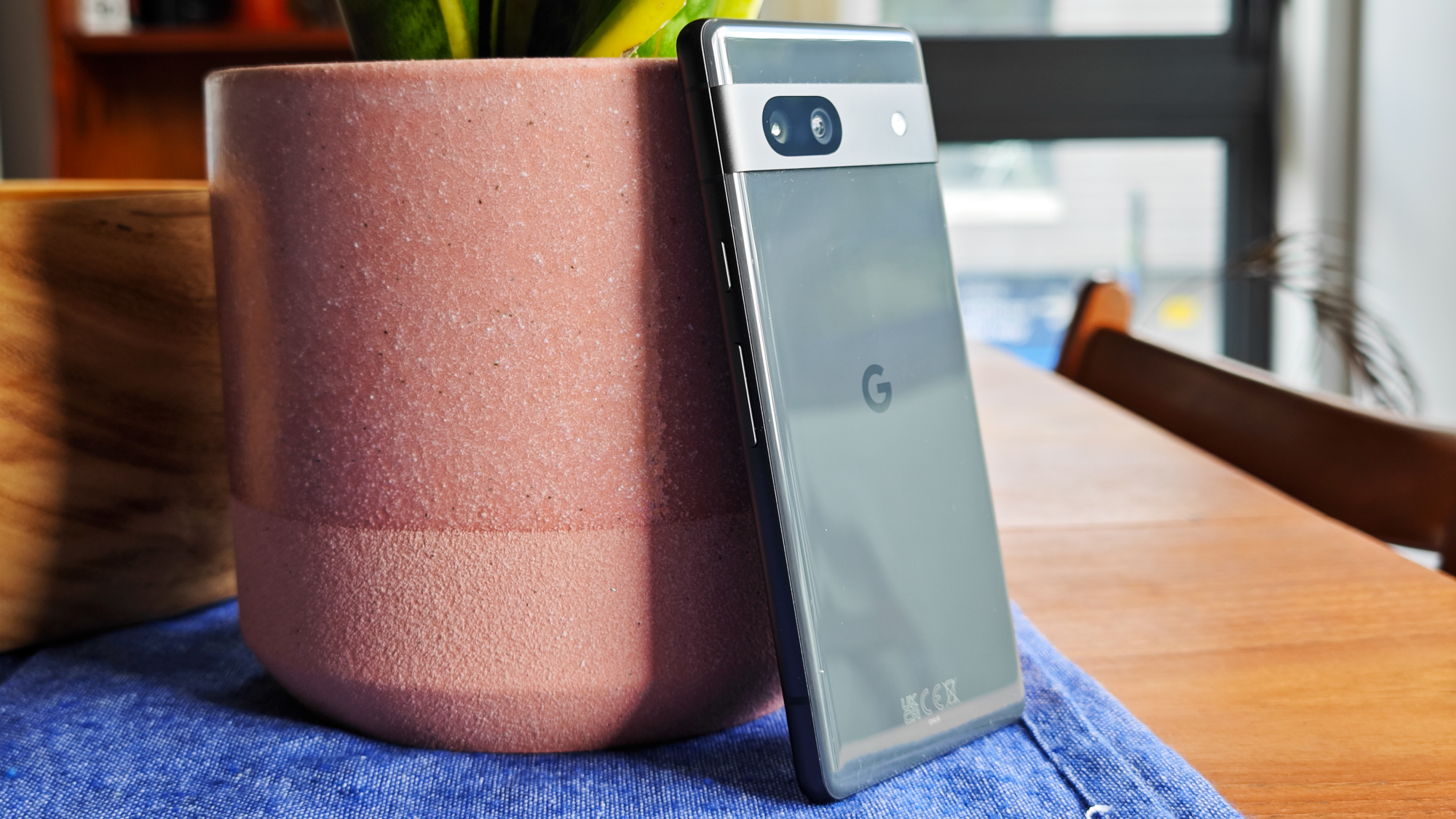
Pros
- Phenomenal camera for the price
- Excellent Google software
- Strong performance
- Water-resistant
Cons
- Slow charging
- Wireless charging is unreliable
- Not as fast as the Pixel 7
- Only 90Hz display
I think the Pixel 6a is a better buy for a child because it’s cheaper and has practically the same features as the newer Pixel 7a, but the more recent model is also a great phone and could be the only one in stock in your region.
It has a smooth 90Hz screen, wireless charging and the newer Google Tensor G2 chip, all upgrades on the 6a. The design is also more premium and it comes in four colours including a very fetching coral red, though you can only get that colour directly from Google.
The main camera is absolutely incredible and can easily challenge phones that cost three times this much in terms of still image quality thanks to Google’s excellent image processing. As with any Android phone, you can use the Android Link service to track your child’s location, and that integrates very well on Google’s own smartphone hardware.
10. Xiaomi Redmi Note 10 Pro

Pros
- Stunning display
- Incredible value
- Big battery
Cons
- No OIS
- MIUI not for everyone
The Redmi Note 10 Pro is essentially an upgraded Poco X3 NFC with a nicer display and better camera.
The 6.67in 120Hz panel boasts AMOLED tech, meaning superb contrast and vibrant colours. The 108Mp lead camera, meanwhile, excels and comes accompanied by a pair of secondary snappers that surpass expectations.
Fun extras like 33W fast charging, a headphone jack and even an IR blaster elevate the Redmi Note 10 Pro from good to great budget offering, considering what Xiaomi’s managed to fit in here.
FAQ
How much should I spend on a phone for my kids?
It’s really up to you. While we wouldn’t advise paying flagship prices on the very best phones, we do recognise that some parents are prepared to dig deep.
We’ve focused primarily on more affordable budget phones in this chart, but also included some slightly more expensive mid-range phones, for those looking for something a little fancier, more grown-up or simply have deeper pockets and are looking for a more premium product.
If you’re after a phone for under for even less take a look at our best basic phones roundup or conversely, if money’s no object here’s our list of the very best phones.
Dirt-cheap, basic phones are great phones for kids, ideal for ensuring they’re contactable without offering distractions like TikTok, the latest mobile games or attracting thieves; and when the inevitable happens and they lose or break it, it’s far less of an issue.
One thing to keep in mind is that your child will likely be using their phone on a pay-as-you-go (PAYG) basis unless you’re prepared to take out a contract in their name (or add them to a family plan). If you want to go down this route, you’ll save money by buying the phone upfront and choosing a decent SIM-only deal. We’ve separately looked at the best SIM-only deals that are best suited to children.
Is an Android phone or iPhone better for my child?
Whether you choose to go down the iPhone or Android route will largely depend on your budget, what your child is used to (and how loudly they scream).
Most iPhones will be well over-budget for a child’s first phone, but it is still possible to buy older models like the iPhone 8, secondhand or refurbished from resellers like MusicMagpie.
Most of the phones we recommend run Android, which is every bit as good as iOS (and typically supports a wider range of free apps). Android devices are also very simple to use but read our Android vs iPhone comparison to get a better idea of the key differences.
Both platforms are equally suited to children in that they can be locked down so that your child only has access to experiences you’re comfortable with them using. Read our advice on the best parental control software.
And, despite what you may have read, neither platform is likely to get a virus. We’ve rounded up some mobile antivirus options here, for extra peace of mind, though.
Phone specs and features to look for in a kid’s phone
Most kids are used to playing games on a tablet before getting their own phone and will be used to the larger screen slates offer, but a large-screened phone is much easier to drop and smash on the floor than a more compact model.
Because we all know kids can be clumsy, a waterproof phone or rugged phone may also fit the bill too. Whichever device you choose though, we highly recommend you also purchase a case to go with it (and perhaps even a pop socket or phone ring to stick on the back).
Adults can often overlook front-facing cameras, but for kids who love to take selfies, mess around with social apps like TikTok and video chat, they can be highly important. Don’t even consider buying a child a phone that doesn’t have a selfie camera.
You needn’t worry too much about the core specifications, since most phones these days have or are capable of everything a child requires; casual gaming, watching Twitch streams, Snapchat and a camera.
The one thing you should look out for, though, is storage. We’d advise against anything with under 128GB of internal space. Look for a model with expandable microSD memory card support and be sure to take advantage of cloud services – such as Google Photos – to back up media online so more storage can be made available for apps and games, locally.
Backing up photos and video through the cloud will also mean they aren’t lost should the phone become lost or broken.
See also: Best phone chargers


